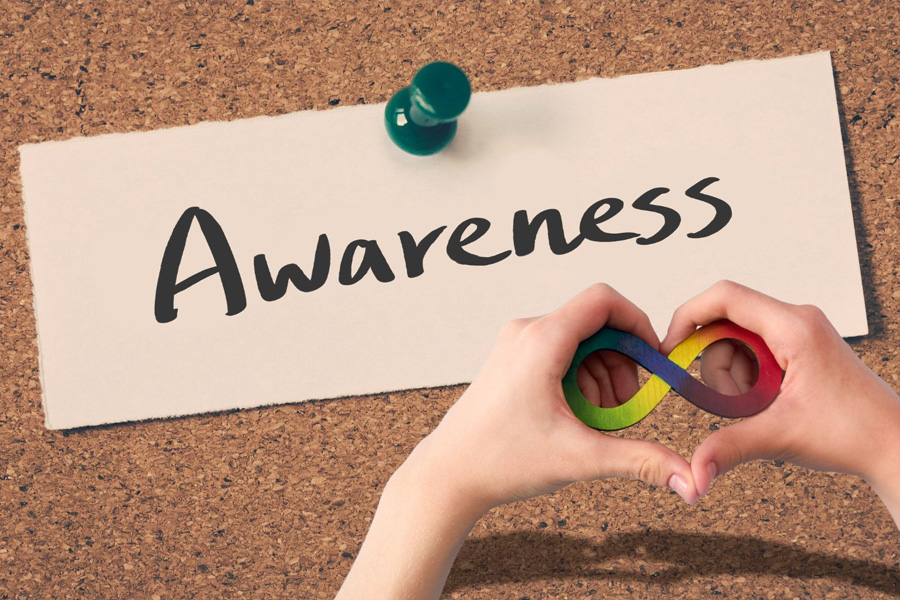You’ve noticed a few things about your child’s reading and writing skills. At your last parent-teacher conference, your child’s teacher may have recognized that your child is struggling with reading and writing. Your child may be making progress, but is still not reading or writing at grade level. Slowly, over the course of the school year, you’ve noticed that your child avoids reading, or huffs and puffs when it’s time to sit down and write a response, a short answer or an essay.
As your child progresses to the next grade and then the next and the next, parents and teachers may begin to notice skills that are not at grade level in reading or writing. Your child may begin to show more behavioral signs, and the easy explanation is that your child has “behavioral” issues without truly understanding or investigating the underlying roots to those behaviors.
Pandemic Parent Frustrations
We can’t ignore the elephant in the room. Remote learning does not work for every child, and around the globe, the COVID-19 pandemic created a gap in face-to-face instruction for 1.5 years. This meant that many of the academic struggles that some children were experiencing went unnoticed, because how can a teacher recognize reading and writing struggles when assignments are being handed in electronically and there isn’t an observation of the entire child who may have been melting down behind the screen? A great deal of teacher observations and academic instruction were lost during that time. For some parents, navigating the pandemic during their child’s early school years made it more difficult to identify their child’s learning struggles.
So now what?
The Downward Spiral
Many children keep it “pulled together” at school where they work diligently and are compliant, and then come home and melt down. That can look like tears over working on a particular assignment, or looking at an assignment and becoming angry over the size and how long it is going to take.
Some children try to keep it pulled together, but over the course of the school year, the reading and writing demands become greater and they can’t mask their struggles. They begin to worry about being called on in class to read, or to answer a question about a passage that they just completed at their desks silently.
This is when self-esteem begins to deteriorate – the minute our children build awareness that the other students are able to read and write with ease, they start to feel like something is “wrong” with them, or that they’re “stupid” or “dumb.” That is, they know that the other students in their class can finish a reading or writing assignment quickly.
At school, our children may be able to take it all on all day long. However, over time, their self esteem suffers, they can become anxious, and slowly, they begin to hate school. Many children may even begin to refuse to go to school. They want to do well, they wish they could pick up a paper and pencil and allow the thoughts and words to come out of their heads and pencil, but it’s difficult. Really difficult, actually.
You may find a child who comes home each day and is drained. Exhausted. A child who wants a break from any more academically related tasks. However, the day is not over – there’s still homework to be completed, so meltdowns are likely. Having to sit down and do anything else using a pencil, paper or book leads to tears, negotiating, refusing.
What are the Red Flag Signs?
Most likely, you and/or your child’s teacher have noticed that your child is struggling to:
- identify letters and their sounds consistently
- write the letters in his name consistently
- reverse letter and numbers beyond first grade
Your child may also be:
- recommended for basic skills instruction (BSI)
- adding letters to a word
- eliminating vowels from a word
- spelling words phonetically
- reading words from right to left (e.g., /saw/ for /was/ or /no/ for /on/, etc.)
- mixing the order of letters in a word
If you are noticing any of these emotional, behavioral or academic signs, talk to your child’s class teacher and ask for your child’s reading level in comparison to the beginning of the present school year and the beginning of the school year prior for a solid comparison point. Begin to gain an understanding of what types of supports are available to your child as you continue to assess whether your child is showing signs of dyslexia, a learning disability.














